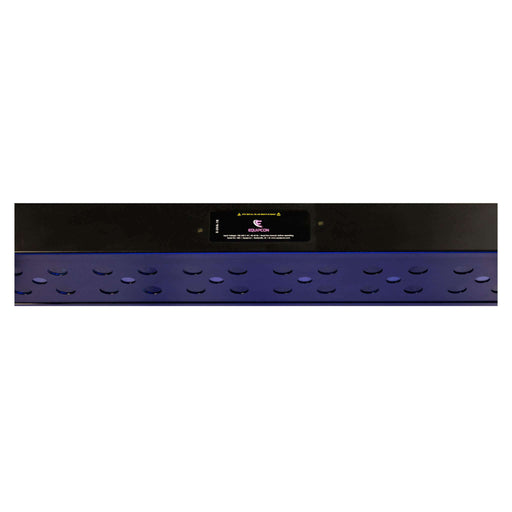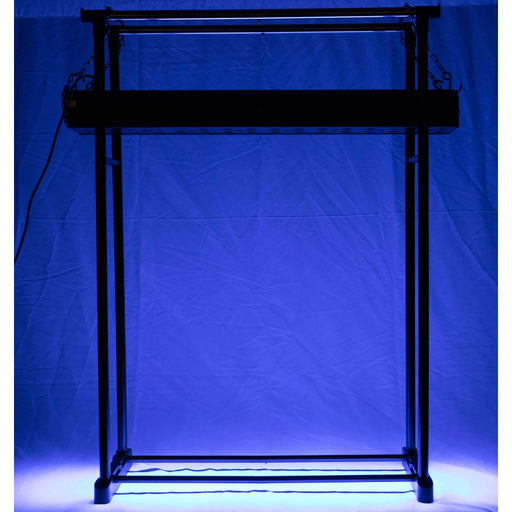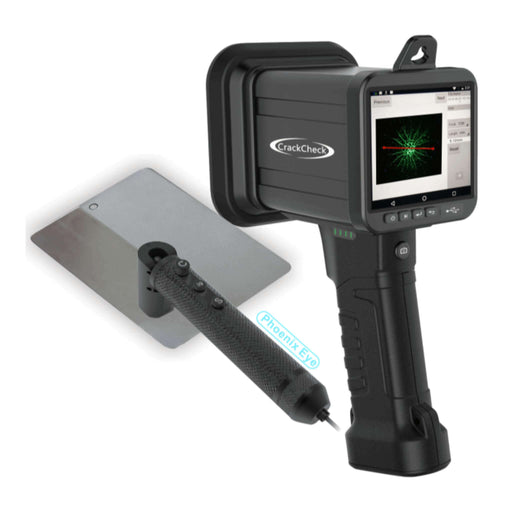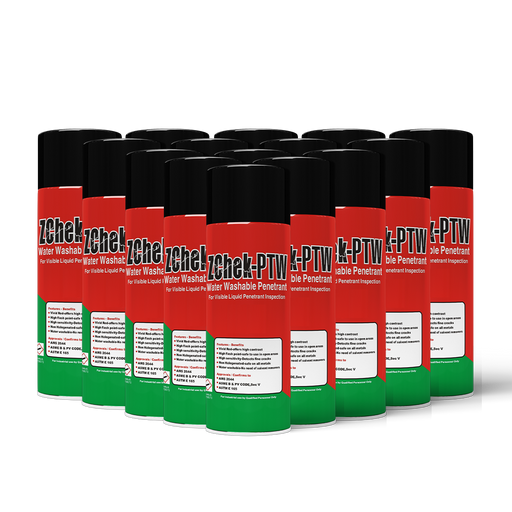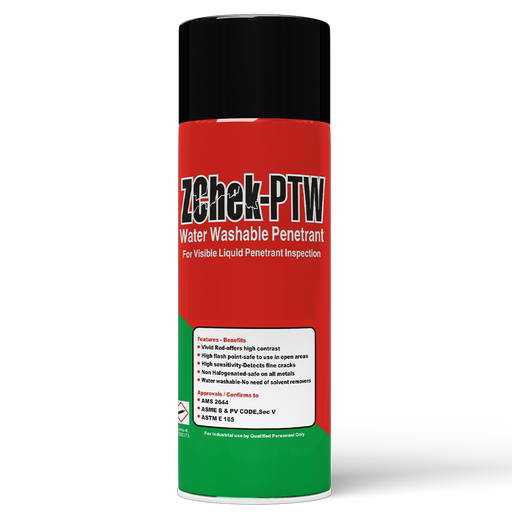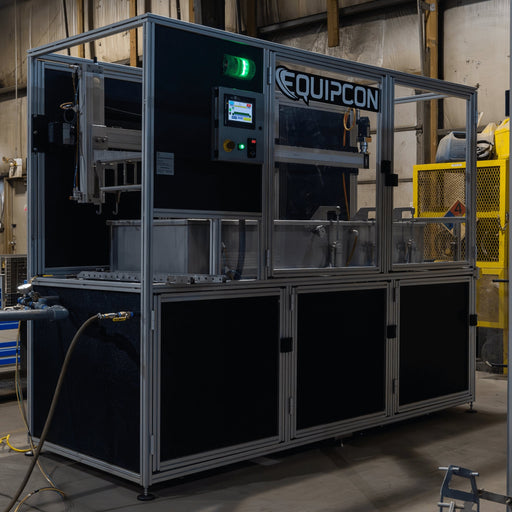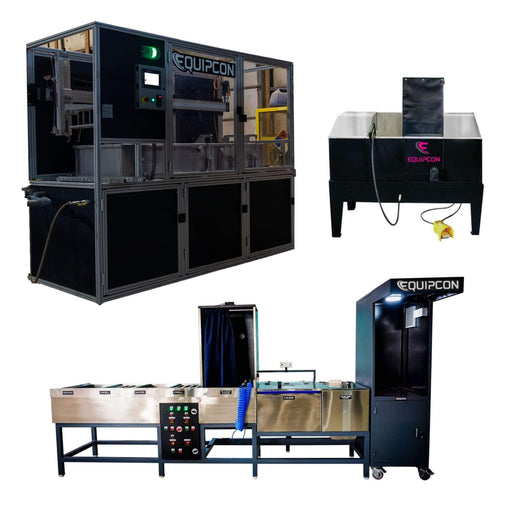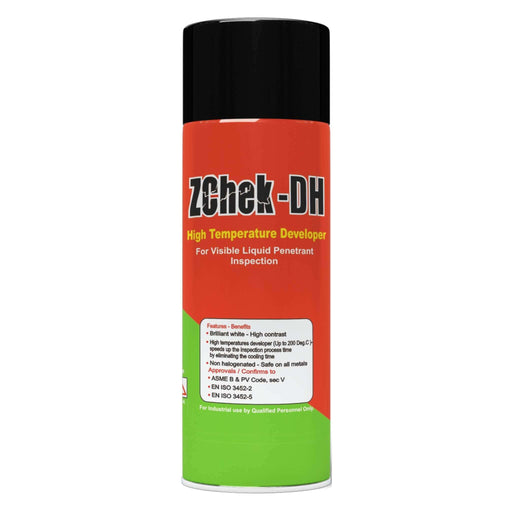Dye Penetrant Testing (PT) is a nondestructive testing (NDT) technique used to detect surface-breaking defects in materials such as metals, plastics, ceramics, and glass.
This method works by applying a liquid or aerosol dye penetrant to the surface of the material being tested, which seeps into any cracks or pores that may be present. After a period of time, the excess dye is wiped away, and a developer is applied to draw out the penetrant trapped in the defects. The result is a visible indication of the defect, which can be observed under white light or ultraviolet light, depending on the type of penetrant used.
PT is a widely used and cost-effective method for detecting surface-level defects, such as cracks, porosity, laps, and seams, and is commonly used in industries such as aerospace, automotive, and manufacturing. PT is highly sensitive and can detect defects as small as a few micrometers in size.



